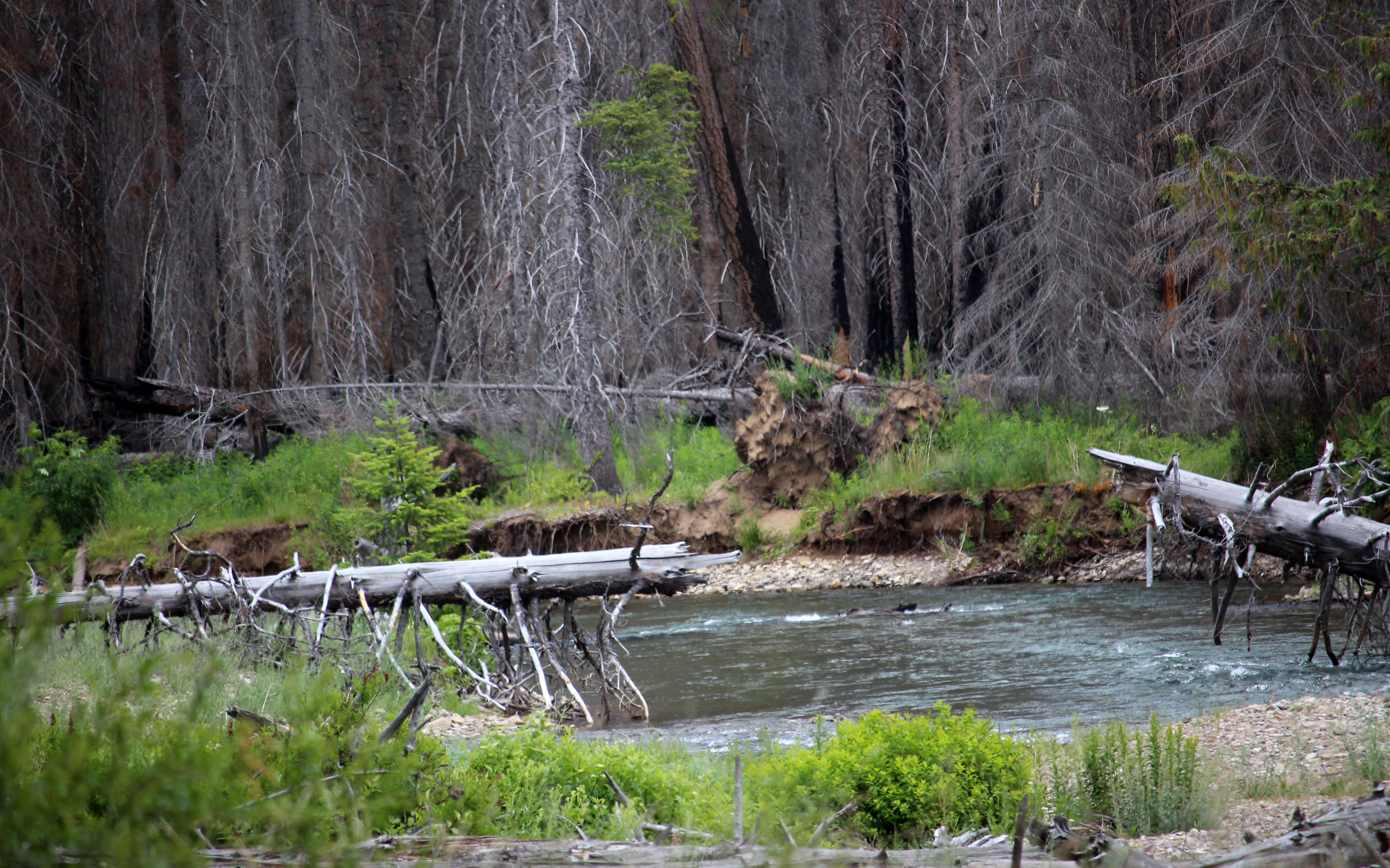
The Walla Walla River Basin is chronically short on water, and finding water supply solutions is a complex process. It takes time, resources, partnerships, and commitments to bold action.
Because of this, the Walla Walla Water 2050 initiative took shape. It is an effort to improve streamflows and water supplies in the Walla Walla River Basin over the next 30 years. The initiative answers the decades-long challenge of meeting the basin's growing water needs for today, tomorrow, and beyond.
Walla Walla Water 2050 initiative community meeting
As the Walla Walla Water 2050 initiative gains momentum, you’re invited to join the conversation at a community meeting.
Wednesday, April 26, 2023
6–8 p.m.
Walla Walla Community College, Health Science & Performing Arts Building E Auditorium
Agenda
The meeting will explain strategies to help the community achieve a sustainable water supply into the future. Presenters include: elected officials, local environmental agencies and stakeholders, Ecology, Oregon Water Resources, and Confederated Tribes of the Umatilla Indian Reservation.
Truck delivering the first load of Chinook salmon smolts
Success stories in the Walla Walla River Basin: 100,000 juvenile Chinook Salmon released in Mill Creek
The Confederated Tribes of the Umatilla Indian Reservation (CTUIR), City of Walla Walla, and other basin partners are taking significant strides to restore and enhance the spring Chinook population in the Walla Walla River Basin, with a long-term goal of re-establishing a self-sustaining population of spring chinook in the South Fork Walla Walla River and Mill Creek. This effort is critical in preserving the ecological and economic significance of the Chinook salmon species for future generations.
Jason Thomas, CTUIR, releasing juvenile Chinook salmon
On March 4 and 5, 2023, the CTUIR Department of Natural Resources Fisheries Program worked with the City of Walla Walla to release 100,000 juvenile spring Chinook salmon, known as “smolts”, at the city’s water system intake dam in the Mill Creek watershed.
The CTUIR operates a fish hatchery on the South Fork Walla Walla River in Oregon, which has been producing spring Chinook salmon smolts. These recently released smolts, averaging 5 ½ inches in length, are now primed for their downstream journey to the sea.
Completed in 2022, the hatchery is dedicated to restoring and enhancing the spring Chinook salmon population in the Walla Walla River basin, which went extinct in the early 1900s. With a target of 5,000 returning adult fish each year, the hatchery plans to release a staggering 500,000 spring Chinook smolts into the basin annually. While it was the hatchery’s second overall spring Chinook salmon release, it was the first where CTUIR's Department of Natural Resources' Fisheries Program staff at the hatchery reared the fish from egg to smolt.
Chinook salmon are a vital species, both ecologically and economically, and are central to the culture and traditions of Tribal members. Unfortunately, their decline has had impacts on ecosystems and fishing communities due to habitat loss, overfishing, and other factors. To counteract these negative effects, Chinook salmon smolts are released into rivers as part of restoration efforts to re-establish and boost populations over time.
The release of these smolts into rivers is especially crucial because Chinook salmon are anadromous, meaning they require both freshwater and marine habitats to complete their life cycle. By increasing the number of juvenile fish that survive to adulthood, the hatchery and its partners aim to re-establish a self-sustaining, naturally spawning population of spring chinook in the South Fork Walla Walla River and Mill Creek.
Strategic plan connections
This work highlights the importance of advancing the strategic plan. The community’s vision includes increased access to existing high-quality habitat as well as significant restoration of currently degraded habitat for critical fish species in the basin.
Priority strategies identified in the plan will increase critical fish species population and abundance levels necessary to meet delisting criteria, support sustainable natural production, and provide a fishery for Tribes and the community.
Reintroducing fish is one piece of the puzzle required to deliver a thriving watershed.
Join the conversation about how to holistically address the Walla Walla basin’s longstanding struggle to balance instream and out-of-stream uses and future demand to ensure enough water for fish, farms, and people.



